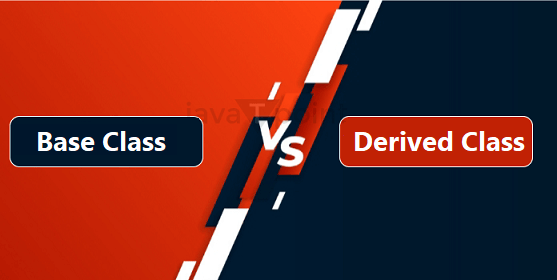Difference between Base class and Derived class in C++In this article, we will discuss the difference between the Base class and the Derived class in C++. But before discussing their differences, we must know about the inheritance, base class, and derived class with their examples. What is Inheritance?Inheritance creates an "is-a" connection, which means that a derived class "is a" specialized version of the base class. It allows the derived class to access the attributes and methods of a base class. In object-oriented programming (OOP), inheritance is a fundamental notion that allows new classes (known as derived or child classes) to inherit features and behaviours from existing classes (known as base or parent classes). This creates hierarchical link between classes improves code reusability and code organization. Syntax:In C++, the inheritance syntax is a colon (:) followed by the access specifier and the name of the base class in the derived class declaration. Program:Let us take an example to illustrate the inheritance in C++. Output: 
Explanation:
Understanding C++ Base and Derived Classes:What is the Base Class?A base class is the parent class from which additional classes, known as derived classes, acquire their attributes and behaviors. It has characteristics and methods in common that can be shared by several derived classes. Base classes are frequently designed to be abstract, which means they may include only virtual functions that must be overridden in derived classes. Program: Let us take an example to illustrate the Base Class in C++. Output: 
Explanation:
What is the Derived Class?A derived class is one that inherits properties and behaviours from its base class. It can add its own properties and methods while overriding or expanding the base class's functionality. Many inheritances allow a derived class to have many base classes. Program: Let us take an example to illustrate the Derived Class in C++. Output: 
Explanation:
Differences between Base Class and Derived Class:-
There are several differences between the Base Class and Derived Class. Some main differences between the Base Class and Derived Class are as follows:
|
 For Videos Join Our Youtube Channel: Join Now
For Videos Join Our Youtube Channel: Join Now
Feedback
- Send your Feedback to [email protected]
Help Others, Please Share









